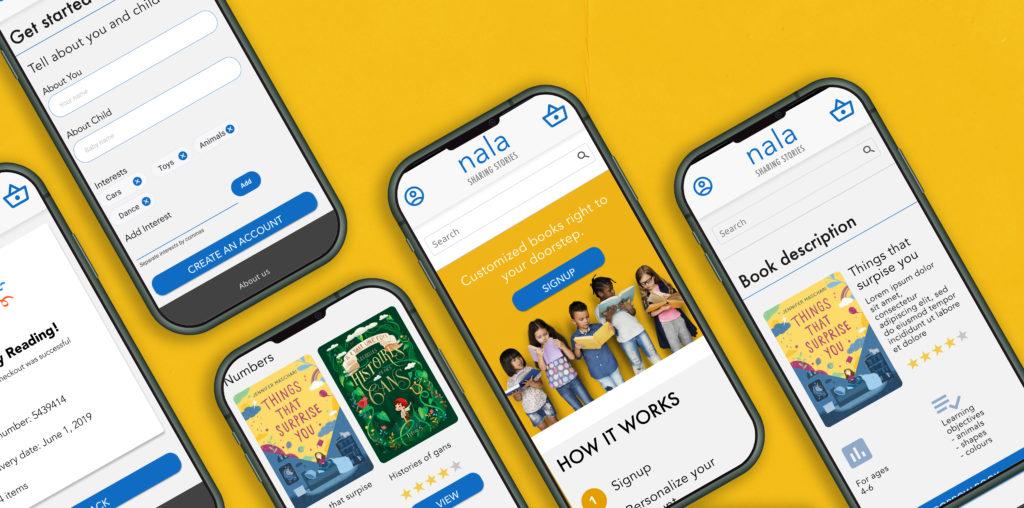SERVICES:
Creative ideation
Research, Testing, UI, Illustration, Content strategy, UX, Copywriting, Business planning, Coding, Prototyping, Marketing
DATE:
2018
SECTOR:
E-Learning
CHALLANGE
The company KinderReaders that is dedicated to learning experiences for children needed a differentiating product based on story telling and reading experiences.
THE APPROACH
We followed the Design Sprint methodology, which is a five day process for solving problems and testing new ideas. This methodology was founded by Jake Knapp, who created the Design Sprint process at Google in 2010.
GOAL AND THOUGHT STARTER
1) Help children get to know sounds, words, languages and develop literacy skills
2) Learn to value books and stories
3) Spark children’s imagination and stimulate curiosity
4) Help children with social skills and communication skill development
DESIGN BREAKDOWN
We ran the design sprint over 3 days instead of the regular 5. We found friends and colleagues to test our prototype for quick iterations.
DAY 1
1) Identify and reframe the challenge
2) Sprint briefing & stakeholder map
3) Sprint questions
4) Map the problem
5) Explore the problem and space
6) How Might We
DAY 2
1) Lightning demos
2) Define design principles
3) Create the first tweet
4) Ideate and sketch solution (crazy 8)
5) Decide what to prototype
6) Prototype
7) Make a script
DAY 3
1) Run user tests
2) Highlight lessons learned
3) Provide the next steps for future iterations
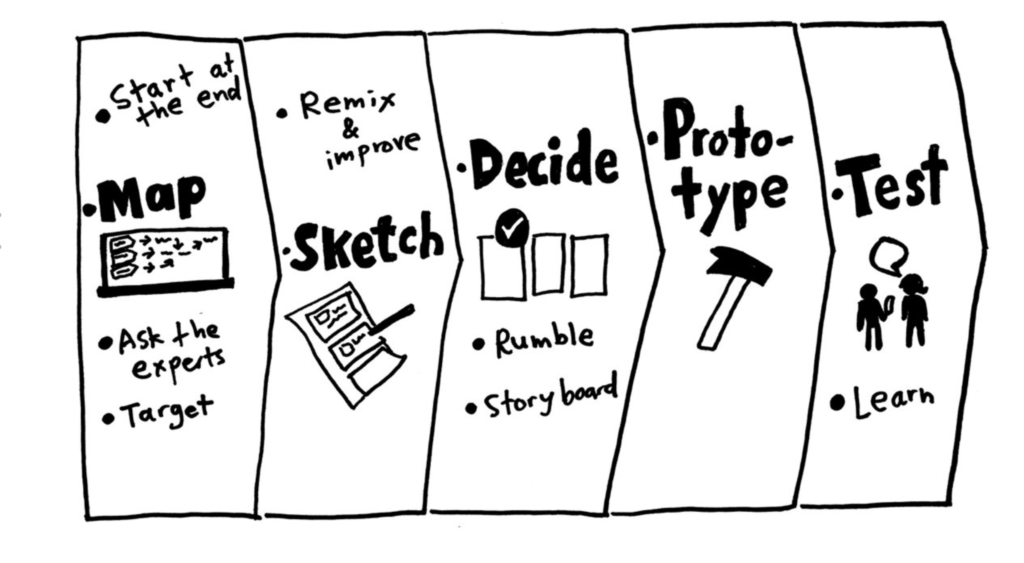
THE TEAM
Myself, Lorina, and Aneeta all come from varied backgrounds. I am an expert in visual design, Lorina in startups & marketing and Aneeta an expert in project management and user research. What we shared in common was a keen affinity for design and UI.
QUESTIONS
1) What is the average time spent reading books?
2) At what age do caregivers normally start reading to kids?
3) How much cash do caregivers generally spend on books for kids?
4) What kind of books do kids like?
FACTS
1) Reading helps with mental development
2) Kids like being red to
3) Kids love reading the same story over and over
4) Kids love spending time with their caregivers
5) Kids learn to read formally at school
6) Generally kids don’t buy books.
7) Kids love pictures
ASSUMPTIONS
1) Caregivers don’t read enough to kids because they are busy with daily lives and get bored reading the same books over and over
2) Kids love interactive theatrical storytelling
3) Popular reading times for kids are at night and on weekends
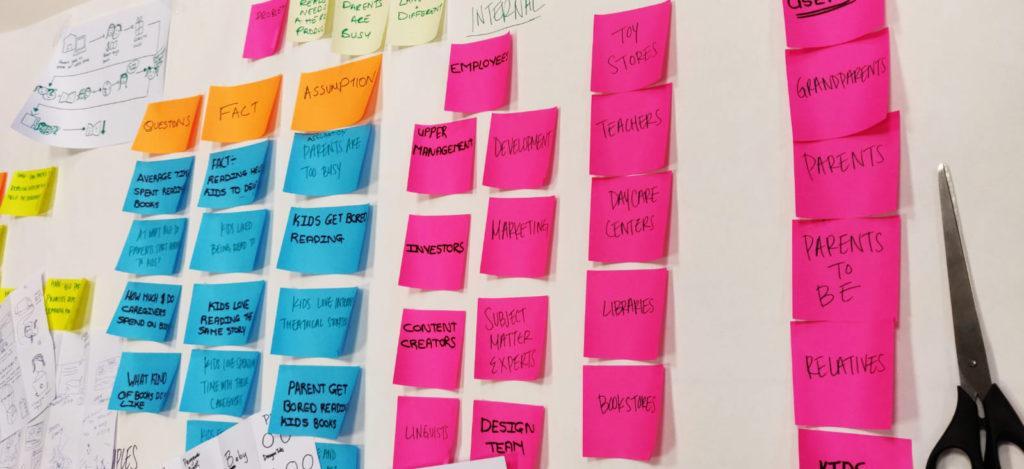
INTERNAL STAKEHOLDERS
Internal Employees
Upper management
Developers Investors
Marketing
Content creators
Subject matter experts
Linguists
Design team
EXTERNAL STAKEHOLDERS
Parents
Teachers
Children
Caregivers
Book stores
Toy stores
Day Care Centers
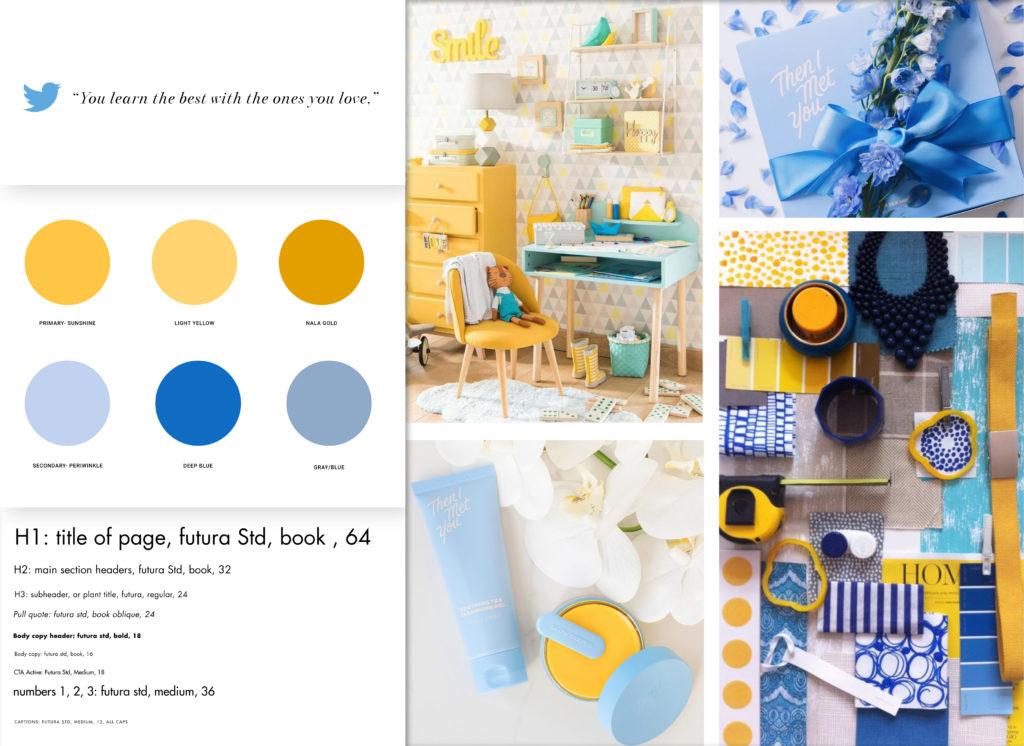
IDEATE
We followed the Crazy 8 method where we individually sketched eight distinct ideas in eight minutes. Come to find out we all had common themes for our ideas! Goes to show great minds think alike.
TEST PROTOTYPE
We tested 3 users who are parents and caregivers of young children. Each was able to give great feedback through live sessions on Lookback or in-person testing
NEXT STEPS FOR FUTURE ITERATIONS
1) Make sure the content on the home screen is clear so the user knows right away what the company has to offer.
2) Add more content depth to book descriptions with authors, testimonials, and reviews.
3) Creating a profile needs to be more thorough if we want to focus more on customization for our customers.
4) We need to focus more on how we can provide a quality experience for caregivers and children from all touchpoints, ranging from the introduction to receiving/returning books in the mail.
SOLUTIONS
We dot voted on our top 3 solutions which can quickly be explained as:
1. An automated progress report from a teacher.
2. Voice Intelligence that reads books.
3. Personalised book deliver a system.
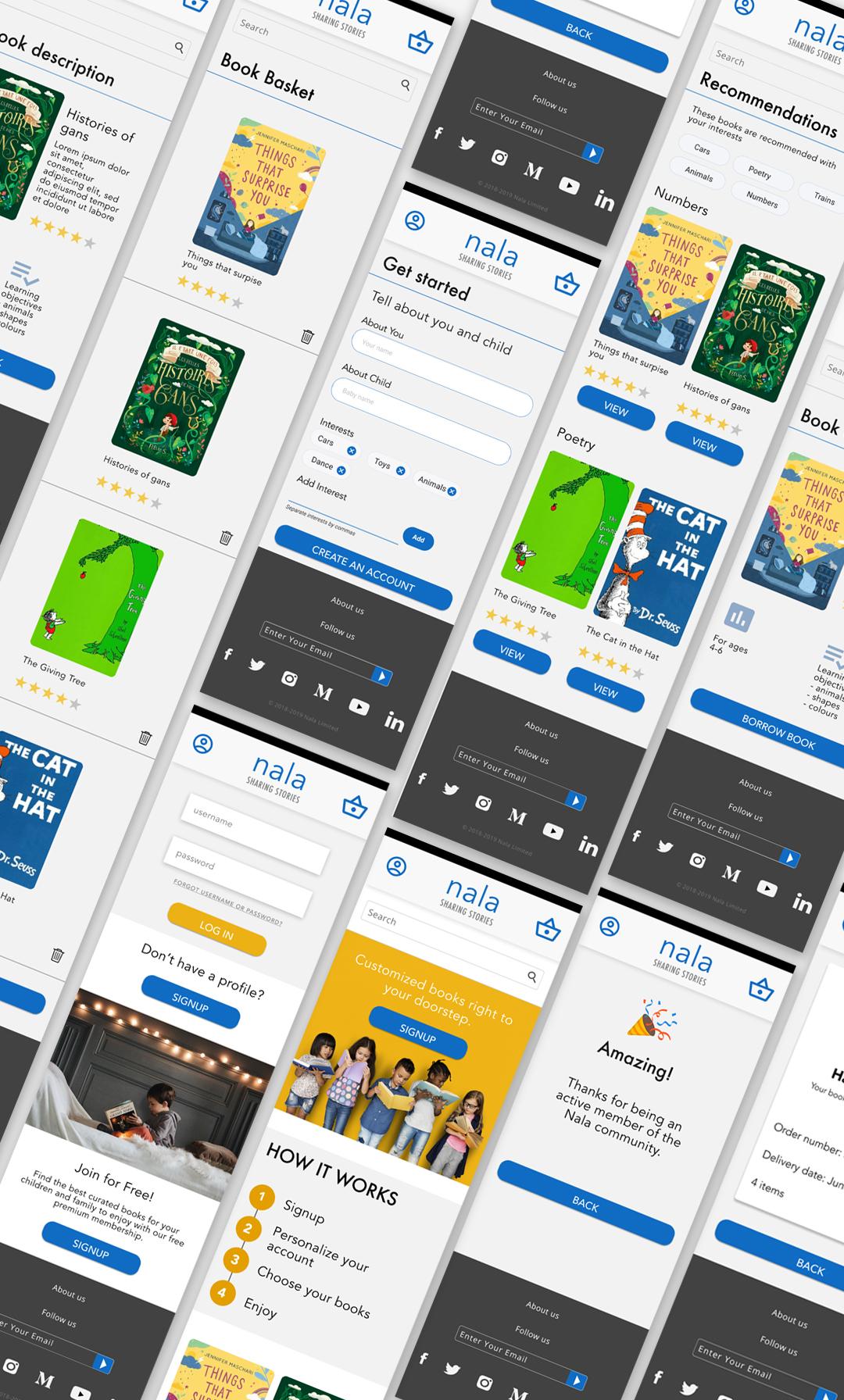
Get In Touch
Liked what you saw and are curious to learn more, get in touch below.

